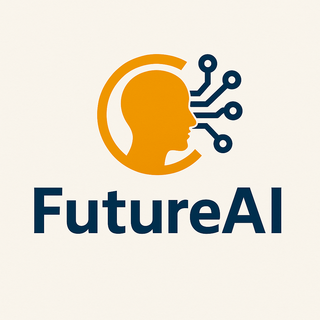🚗 AI in Self-Driving Cars – The Future of Transportation
Self-driving cars, also known as autonomous vehicles (AVs), use AI, sensors, and machine learning to drive without human intervention. These cars are transforming transportation, making travel safer and more efficient! 🚀
🔹 1. How Do Self-Driving Cars Work?
AI-powered cars use multiple technologies to navigate roads, avoid obstacles, and make real-time driving decisions.
🔧 Key Technologies Behind Self-Driving Cars:
✅ Machine Learning (ML) – AI learns driving patterns from vast amounts of road data.
✅ Computer Vision (CV) – Cameras and AI recognize objects like pedestrians, traffic lights, and road signs.
✅ Lidar & Radar Sensors – Detect distance, speed, and obstacles.
✅ GPS & Mapping Systems – Helps AI navigate roads accurately.
✅ Decision-Making Algorithms – AI processes real-time data to control speed, braking, and steering.
📌 Example: Tesla’s Autopilot uses AI and sensors to enable semi-autonomous driving.
🔹 2. Levels of Autonomous Driving
🔹 Self-driving cars are categorized into 6 levels (0 to 5) based on automation.
| Level | Description | Example |
|---|---|---|
| 0 | No automation | Human drives entirely |
| 1 | Driver assistance | Cruise control, lane-keeping assist |
| 2 | Partial automation | AI controls steering & acceleration, but driver monitors |
| 3 | Conditional automation | AI can drive in certain conditions, but driver must take over when needed |
| 4 | High automation | AI drives completely in some environments (e.g., cities) |
| 5 | Full automation | No human intervention needed, car drives itself anywhere |
📌 Today, we are at Level 2-3. Companies are working on Level 4-5!
🔹 3. Benefits of AI in Self-Driving Cars
✅ 🚦 Reduced Accidents – AI reacts faster than humans, reducing crashes.
✅ ⛽ Fuel Efficiency – AI optimizes driving patterns to save fuel and reduce pollution.
✅ 🚕 Mobility for All – Self-driving taxis help elderly and disabled people.
✅ 🛣️ Less Traffic – AI can coordinate traffic flow to avoid congestion.
✅ 📉 Cost Savings – Reduces transportation costs in logistics and ride-sharing.
📌 Example: Waymo (by Google) operates fully autonomous taxis in some US cities.
🔹 4. Challenges of AI in Self-Driving Cars
❌ 🚧 Safety Concerns – AI struggles with unexpected road situations (e.g., pedestrians crossing suddenly).
❌ ⚖️ Ethical Dilemmas – AI must decide in accidents (e.g., save passenger vs. pedestrian).
❌ 🌍 Infrastructure Issues – Many roads lack smart infrastructure for AVs.
❌ 🛡️ Cybersecurity Risks – Hackers could potentially take control of autonomous cars.
❌ 📜 Legal & Regulatory Barriers – Different countries have different rules for self-driving cars.
📌 Example: In 2018, an Uber self-driving car crashed due to sensor failure.
🔹 5. Future of AI in Self-Driving Cars
🚀 2025-2030: Fully autonomous taxis in major cities
🚀 2030-2040: AI-driven public transport and personal AVs
🚀 2040+: AI-controlled smart traffic systems and zero-accident roads
📌 Tesla, Waymo, and Apple are leading the race in autonomous driving technology!
🎯 Conclusion
✔️ Self-driving cars use AI, sensors, and deep learning to drive safely.
✔️ Benefits include fewer accidents, less traffic, and fuel efficiency.
✔️ Challenges include safety, ethical dilemmas, and cybersecurity risks.
✔️ The future is Level 5 autonomy, where AI will fully drive our cars! 🚀



Post a Comment
0Comments